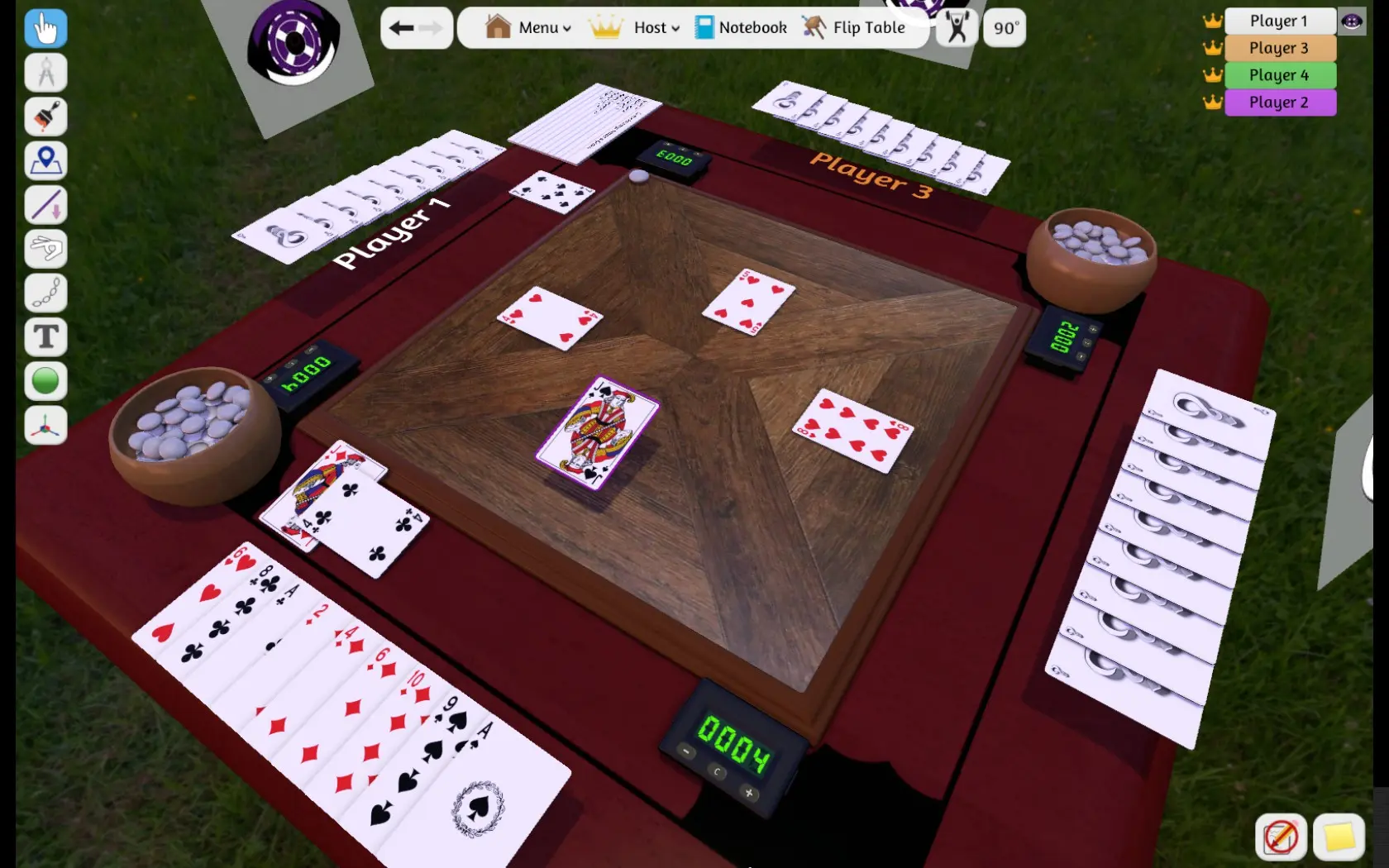


Instead of roses and shields, the Germans settled with hearts and leaves around 1460. The Swiss-Germans developed their own suits of shields, roses, acorns, and bells around 1450. One early deck had five suits, the Latin ones with an extra suit of shields. Invention of German and French suits ĭuring the 15th-century, manufacturers in German speaking lands experimented with various new suit systems to replace the Latin suits. The role of rank and suit in organizing cards became switched, so the hanafuda deck has 12 suits, each representing a month of the year, and each suit has 4 cards, most often two normal, one Ribbon and one Special (though August, November and December each differ uniquely from this convention). Increasing restrictions by the Tokugawa shogunate on gambling, card playing, and general foreign influence, resulted in the Hanafuda card deck that today is used most often for fishing-type games. Early locally made cards, Karuta, were very similar to Portuguese decks. Minchiate (a game that used a 97-card deck) used a mixed system of Italian clubs and Portuguese swords.ĭespite a long history of trade with China, Japan was not introduced to playing cards until the arrival of the Portuguese in the 1540s.The archaic system is like the Northern Italian one, but the swords are curved inward so they touch each other without intersecting.This system lingers on only in the Tarocco Siciliano and the Unsun Karuta of Japan. Portuguese pips are like the Spanish, but they intersect like Northern Italian ones.They do not cross each other (The common exception being the three of clubs). Southern Italian and Spanish swords are straight, and the clubs appear to be knobbly cudgels.Northern Italian swords are curved outward and the clubs appear to be batons.The systems can be distinguished by the pips of their long suits: swords and clubs. There are four types of Latin suits: Italian, Spanish, Portuguese, and an extinct archaic type. They are the earliest suit-system in Europe, and were adopted from the cards imported from Mamluk Egypt and Moorish Granada in the 1370s. The Latin suits are coins, clubs, cups, and swords. These Turko-Arabic cards, called Kanjifa, used the suits coins, clubs, cups, and swords, but the clubs represented polo sticks Europeans changed that suit, as polo was an obscure sport to them.

The inverting of suits had no purpose in terms of play but was an artifact from the earliest games. This was also true for the European games of Tarot and Ombre. In the Indo-Persian game of Ganjifa, half the suits were also inverted, including a suit of coins. In many early Chinese games like Madiao, the suit of coins was in reverse order so that the lower ones beat the higher ones. Another clue linking these Chinese, Muslim, and European cards are the ranking of certain suits. The Chinese numeral character for Ten ( 十) on the Tens of Myriads suit may have inspired the Muslim suit of swords. The Muslims renamed the suit of myriads as cups this may have been due to seeing a Chinese character for "myriad" ( 万) upside-down. A string of coins could easily be misinterpreted as a stick to those unfamiliar with them.īy then the Islamic world had spread into Central Asia and had contacted China, and had adopted playing cards. Old Chinese coins had holes in the middle to allow them to be strung together. The money-suit system is based on denominations of currency: Coins, Strings of Coins, Myriads of Strings (or of coins), and Tens of Myriads. The concept of suits predate playing cards and can be found in Chinese dice and domino games such as Tien Gow.Ĭhinese money-suited cards are believed to be the oldest ancestor to the Latin suit-system. A card of one suit cannot beat a card from another regardless of its rank. The earliest card games were trick-taking games and the invention of suits increased the level of strategy and depth in these games. Main articles: Spanish-suited playing cards and Italian playing cards


 0 kommentar(er)
0 kommentar(er)
